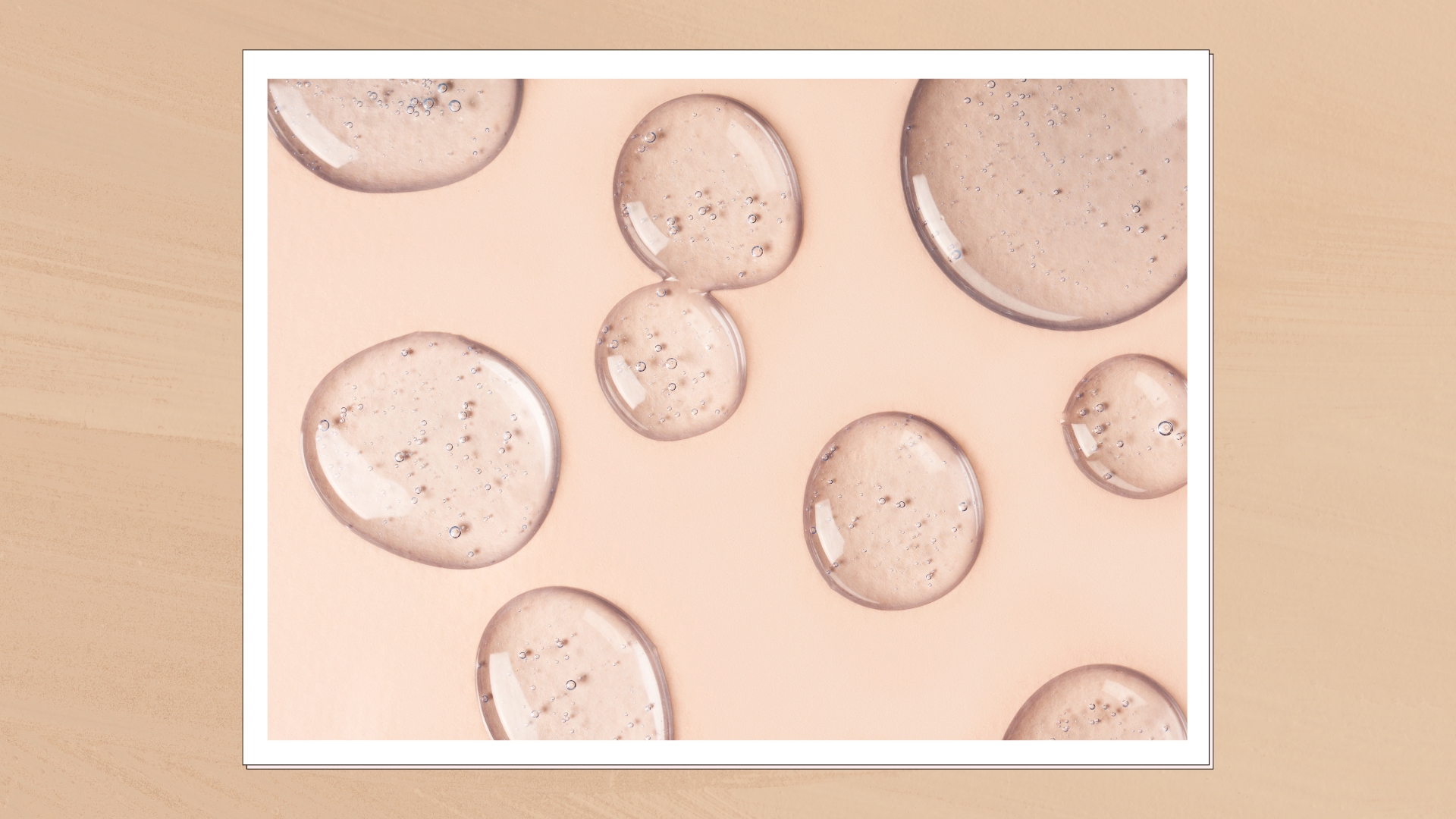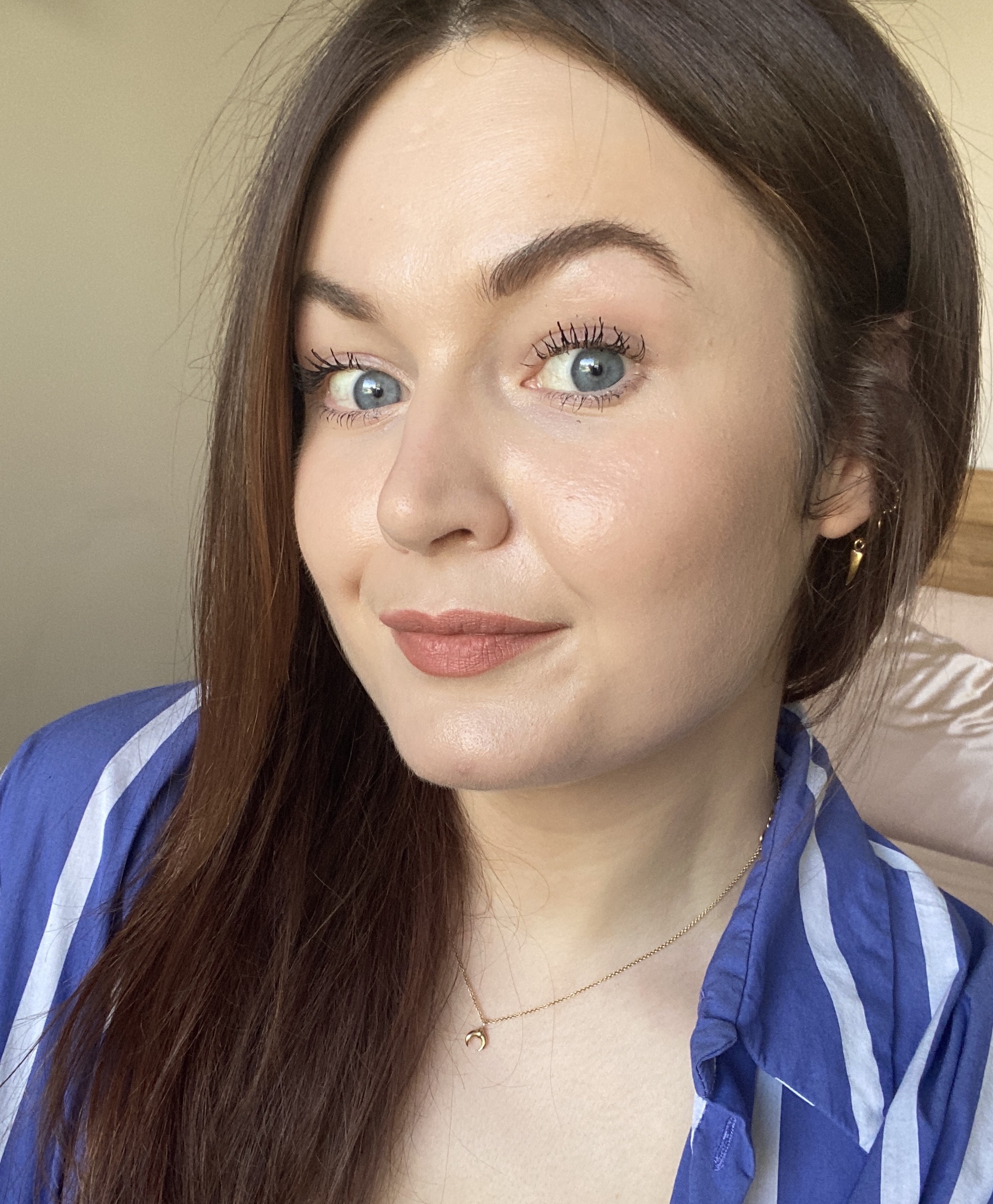Polynucleotides are trending - here's what you need to know before booking in
Everything you need to know before getting a polynucleotides treatment, with insights from two leading aesthetic doctors...


If you’re at all tapped into aesthetic treatments, then chances are you’ve heard experts discussing polynucleotides or read about them in the media. You may even know of somebody who’s tried them out. The non-invasible injectable treatment has well and truly become the talk of the tweakments world.
While the skincare industry has an ever-growing list of trending ingredients, namely the best hyaluronic acid serums and retinol creams and serums, it's fair to say that polynucleotides have become quite the buzzwordy treatment in the beauty aesthetics world. Perhaps you’ve heard it referred to as "salmon sperm injections" (we’ll get to why that’s not entirely accurate later) and want to know how on earth that works, or you’re interested in learning more about the results and potentially booking yourself in for the service.
Either way, we’ve spoken to two leading aesthetics doctors to get a full run-down of how polynucleotides work, covering everything from pricing and results to who is and isn’t suitable. Here’s what you need to know before getting the treatment…
What to know before getting polynucleotides, per aesthetic doctors
Before diving into the need-to-knows, a little information on what polynucleotides actually are: "Polynucleotides are little fragments of DNA," explains GP and award-winning aesthetician Dr. Ahmed El Muntasar, AKA The Aesthetics Doctor. "A nucleotide is the building block of our DNA and polynucleotides are multiples of that. Usually, they come in strands."
"[They] are a natural injectable treatment used to improve our skin and tissues on a cellular level," adds plastic surgeon Dr. Ashwin Soni, founder of The Soni Clinic. "They are biostimulators that are used to boost the collagen and elastin within the skin and will also brighten and hydrate the skin. They work on improving tissue regeneration, restoring skin tone and improving its elasticity."
Dr. El Muntasar also notes that polynucleotides can provide some protection from free radicals, which can break down our DNA. He adds that they are different to skin boosters, such as Profhilo, which focuses on hydration. "I find that the results from polynucleotides, particularly Ameela, to be a lot more brightening and rejuvenating," he says. "The patient's skin feels healthier, looks healthier and ultimately [they] feel better."
"They are similar in terms of effect," Dr. Soni agrees, "But instead of just giving the glow and improving hydration like skin boosters would, polynucleotides work on targeting various different cellular and metabolic pathways within the skin, which increases the number of fibroblasts (connective tissue cells) and therefore increase the amount of collagen and elastin. They can also be injected into many other areas of the face that skin boosters cannot. Polynucleotides are better for anti-ageing overall, given the mechanism of action."
Sign up for the woman&home newsletter
Sign up to our free daily email for the latest royal and entertainment news, interesting opinion, expert advice on styling and beauty trends, and no-nonsense guides to the health and wellness questions you want answered.
1. You must find a qualified and experienced practitioner
First and foremost, put your treatment in the hands of somebody who is experienced and qualified to administer it. As such, always check for relevant aesthetics qualifications. Medical training is also very important in the context of such treatments, as it means your practitioner has a thorough understanding of anatomy and can recognise and treat any complications – ultimately making it a safer option. Years of experience is also a reassuring factor, as it means your practitioner is well-practised in administering your chosen service.
Another important must-have is insurance, as this covers both you and your practitioner if something goes wrong with your treatment. Check that they are insured and that the premises feels professional and clean – if anything feels off and you don’t feel comfortable, it’s probably not worth the risk. If any details relating to qualifications or insurance aren’t available online, call or email to enquire about them.
Don’t be drawn in by very low prices, either – if a bargain seems too good to be true, it probably is. Check that the polynucleotides treatment is a good-quality, reputable one (again, if this isn’t available on a clinic’s website, ask). Both Dr. El Muntasar and Dr. Soni use Ameela in their clinics, which, reassuringly, can only be purchased by healthcare professionals. This research will take time and potentially mean you pay more for a premium service, but this is worth it to ensure you get good results and avoid any complications.
2. You'll need a consultation
As eager as you may be to rush and get polynucleotides (we get it, the results sound brilliant!), it’s important to have a consultation with your chosen practitioner before being injected. Whatever the treatment, be it polynucleotides or something else like Botox or Profhilo, this gives them a chance to ask you some questions and assess you to ensure you’re a good candidate and that said treatment is likely to get you the best results – a good practitioner will always turn you away if you’re unsuitable for a particular service.
A consultation also gives you the opportunity to ask as many questions as you like and ensure you're confident in going ahead with a treatment. It really is a win-win.
3. It's not salmon sperm injections
You may have heard this nickname for polynucleotide treatments but, though this comes from where they are sourced, it’s not the best representation. "This isn’t totally accurate," Dr. Soni confirms. "Polynucleotides contain extracted DNA fragments from the cells within wild salmon. The reason the word sperm is mentioned is because those DNA fragments are often extracted from the spermatozoa cells, which contain the most pure and inactivated proteins, which is an important factor when injecting into humans. The DNA fragments are then purified and processed, then injected into the treatment area."
4. You'll need a few sessions to get results
Similar to treatments like a Profhilo, polynucleotides is not a one-appointment job and requires you to have a few sessions spread over the course of several weeks. "The treatment requires two to three sessions, spaced out roughly by two to four weeks," Dr Soni explains. "Then, maintenance sessions would be required every six months to maintain that collagen and elastin boosting."
5. It's not totally pain-free
Polynucleotides are administered either via lots of small injections or a cannula, which, as Dr. Soni notes, is often used for the under-eye area to reduce bruising and swelling. Everybody’s pain threshold is different, but neither option is likely to be completely comfortable – though the good news is that numbing cream can be used. "I use numbing cream for everyone," says Dr. Soni. "I make things as comfortable as possible, but the product will be a little stingy for a few seconds and then pass. I also inject quickly due to the volume I do in practice, so this wouldn’t be for long!"
That said, Dr. El Muntasar notes that, while only a small margin of patients aren’t good candidates for polynucleotides, those with hypersensitivity (as well as those who are needle-phobic or who have severe autoimmune conditions) may be unsuitable for this treatment.
6. They don't treat *everything*
Though they are often used to target the under-eye area, Dr. El Muntasar notes that polynucleotides can be used to treat almost any area of the body (excluding mucous membranes) – and that there has even been promising research into their use as a treatment for hair loss.
But while polynucleotides can do great things for your skin, they can’t do it all, and one thing they won’t do is plump things out significantly. "Polynucleotides are not volumisers, so they work differently to filler treatment in that way," says Dr. Soni. "They are there to improve the skin quality, especially when it comes to facial ageing."
"I have treated patients with severe skin laxity, particularly around the eyes [using polynucleotides]," Dr. El Muntasar adds. "However, this treatment is not a facelift and it's not a blepharoplasty [eyelid surgery], so it’s important to manage expectations [of the results]."
This is where that consultation comes in – if your goal is to replace a significant loss of volume, your practitioner may recommend a different treatment that is more likely to get you these results. It may be worth looking into hyaluronic acid fillers, for example, if this sounds like what you’re after.
7. Results aren't permanent
As with many 'tweakments' – and something we’ve already alluded to – the results of polynucleotides aren’t permanent, so you will need a top-up if you’d like to maintain them. "You typically need maintenance sessions every six to seven months," Dr. Soni confirms. "Remember that you’re building upon your collagen reserves and simply continually boosting that skin health every few months."
Lucy is a UK-based beauty journalist who has written for titles including Marie Claire, Glamour and OK!, as well as contributing to woman&home. Her work covers everything from expert skin and haircare advice to beauty trends and reviews of the latest products. During her career she regularly speaks to the industry's leading hairdressers, dermatologists and make-up artists, has covered backstage at London Fashion Week and interviewed many a celeb about their beauty routine.
-
 Unforgettable date ideas to make a great first impression or rekindle romance
Unforgettable date ideas to make a great first impression or rekindle romanceForget the same old first date formula - these unforgettable date ideas will leave them thinking about you long after you go home
By Natalie Denton Published
-
 Butter yellow might be the colour of the season, but Amal Clooney is making me want to try sunshine shades
Butter yellow might be the colour of the season, but Amal Clooney is making me want to try sunshine shadesSpark some joy by adding some statement yellow pieces to your wardrobe just in time for summer
By Matilda Stanley Published